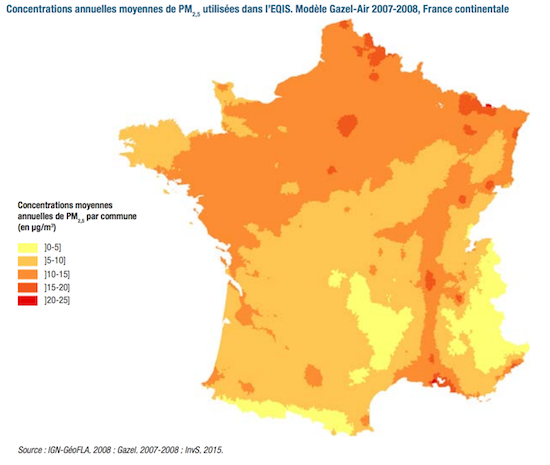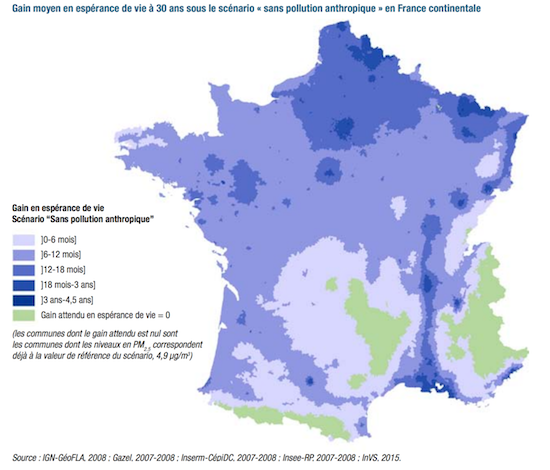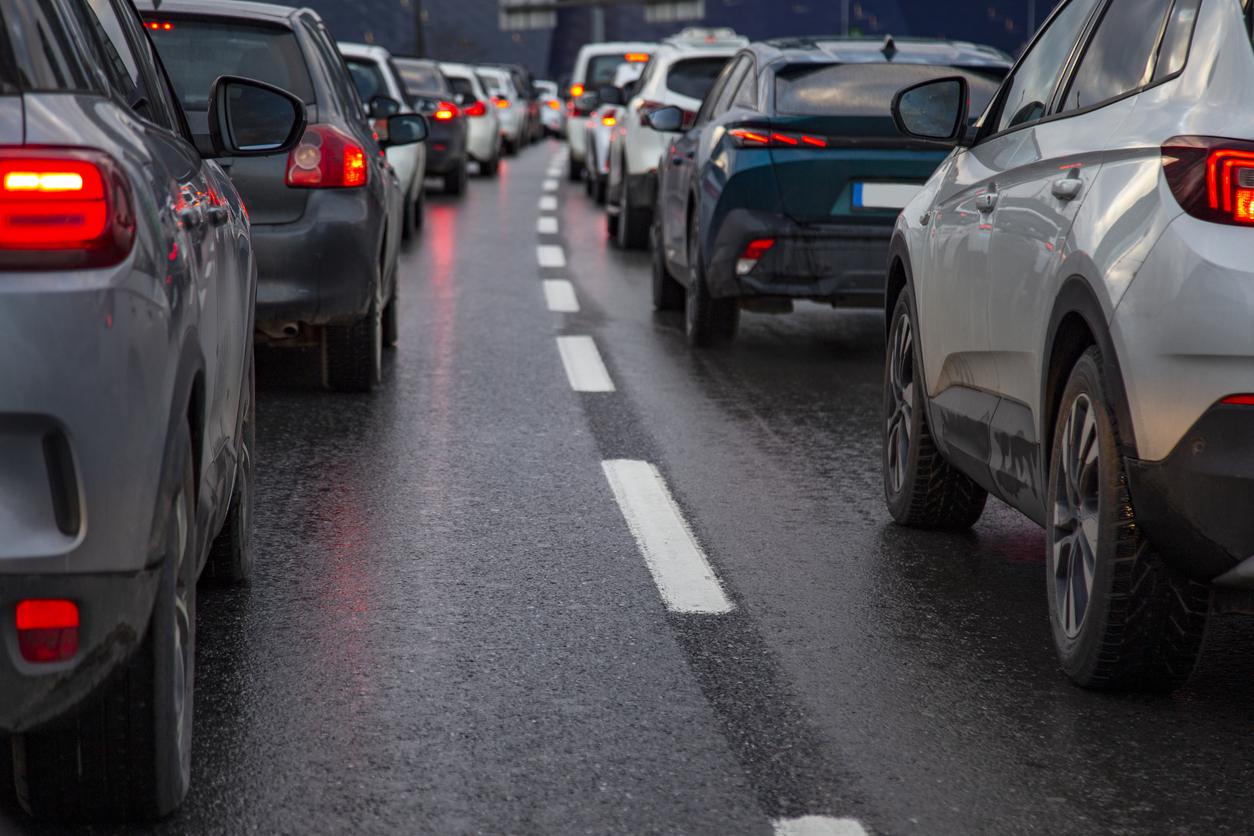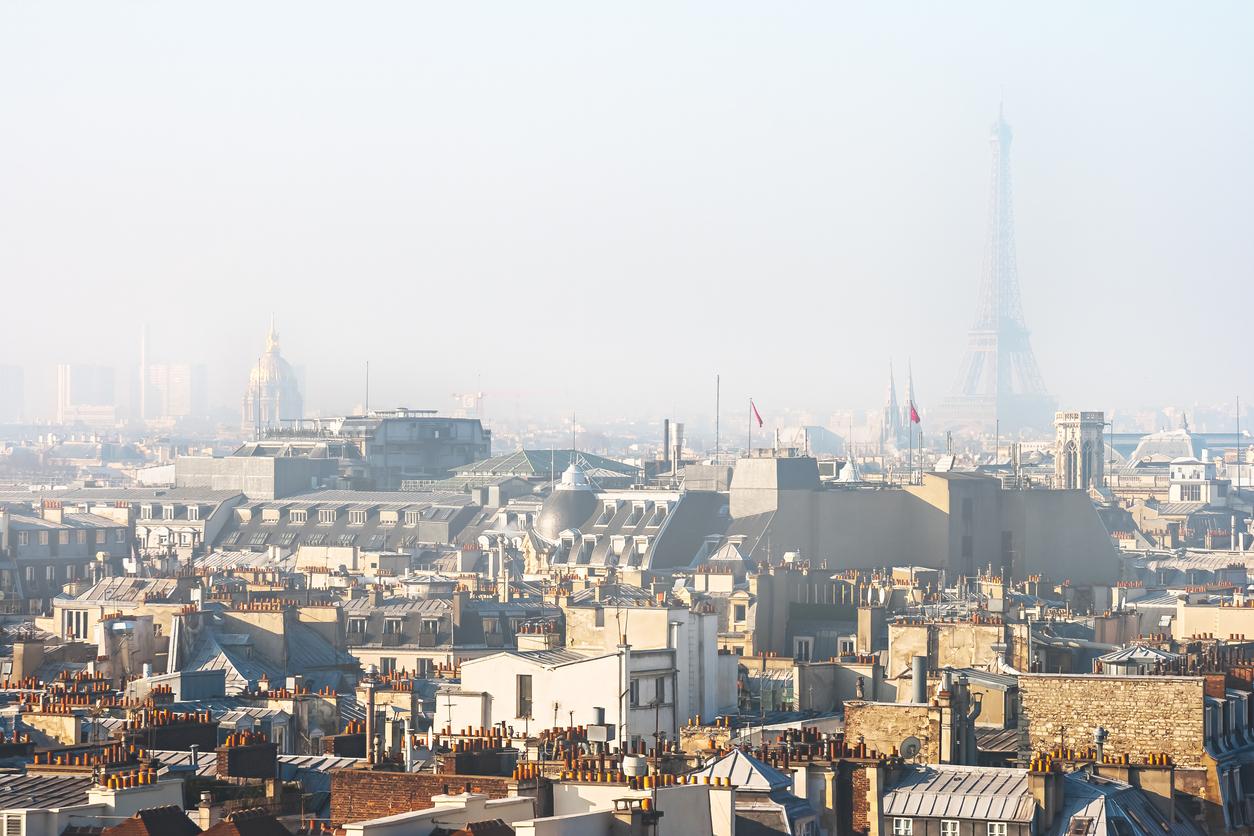Fighting air pollution has an effect on the survival of populations. 48,000 deaths are attributable to him. Effective measures would reduce mortality by 7%.

The air needs to be purified and urgently. More than 48,000 deaths are attributable to air pollution in France. The country is suffocating under fine particles. However, it is not too late to act, as shown in an article in the Weekly Epidemiological Bulletin (BEH) published by Public Health France. A projection on all the municipalities of the country shows that acting to reduce environmental pollution would have a beneficial effect… including in rural areas. At present, 47 million French people are exposed to thresholds higher than international recommendations.
9% of deaths
Unsurprisingly, the most populated areas are also the most polluted. In urban areas with more than 100,000 inhabitants, the concentration of fine particles (PM 2.5) reaches ceilings. 95% of the population is exposed to thresholds that exceed international recommendations. The northern / northeastern fringe of the country is particularly affected. The Île-de-France and the Rhone valley, unsurprisingly, are also very polluted.

But it is not in these areas that the population pays the heaviest price. Mortality is higher in intermediate urban areas. Nationally, 9% of deaths are caused by what the authors qualify as “anthropogenic pollution”.
The loss of life expectancy remains, on the other hand, particularly marked in large urban areas (100,000 inhabitants and more). By the age of 30, their inhabitants will likely live 15 months less than the national average. In rural areas 9 months are wasted. Cardiovascular and respiratory diseases and allergies are all consequences of pollution which can have serious consequences.
Variable objectives
However, this phenomenon is reversible, as this BEH article shows. In the least polluted 5% of municipalities, life expectancy is normal. The country must therefore aim for this objective: it would make it possible to reduce by 7% the mortality due to air pollution. The ideal would be to achieve suppression of anthropogenic pollution, although this scenario is unlikely. In this hypothesis, the north / northeast of the country would breathe better. On the other hand, the impact would be moderate on the mountain ranges (Massif Central, Alps, Pyrenees).

The other thresholds are much less effective: the World Health Organization (WHO) wants to reach less than 10 µg / m3 fine particles. A scenario that would save 4 months of life expectancy on average. The Grenelle de l’environnement does not do any better: with a threshold of 25 µg / m3, the European directive would prevent only 11 deaths.

.

















